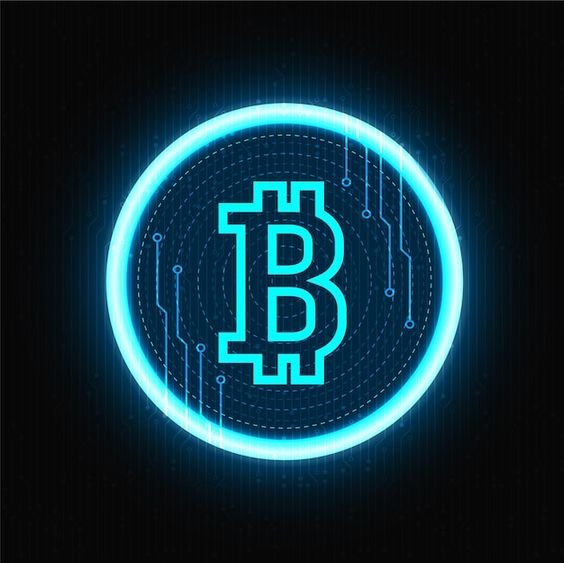
Decentralized Finance, commonly known as DeFi, represents a revolutionary shift in the financial landscape. By leveraging blockchain technology and smart contracts, DeFi aims to recreate and improve upon traditional financial systems in a decentralized, transparent, and open manner. Unlike traditional finance, which relies on centralized institutions like banks and brokerages, DeFi operates without intermediaries, offering greater accessibility and efficiency. This article explores the fundamentals of DeFi, its key components, and the impact it has on the financial industry and beyond.
Key Components of DeFi
- 1. Decentralized Applications (DApps): DApps are applications that run on blockchain networks. They are open-source, operate autonomously, and are not controlled by any single entity. In the context of DeFi, DApps offer financial services such as lending, borrowing, trading, and asset management.
- 2. Smart Contracts: Smart contracts are self-executing contracts with the terms of the agreement directly written into code. They automatically execute transactions and enforce agreements when predefined conditions are met, eliminating the need for intermediaries.
- 3. Stablecoins: Stablecoins are cryptocurrencies pegged to a stable asset, such as the US dollar or gold. They provide a stable value in the volatile crypto market, making them a popular choice for trading, lending, and borrowing in DeFi platforms.
- 4. Decentralized Exchanges (DEXs): DEXs are platforms that allow users to trade cryptocurrencies directly with one another without the need for a central authority. They use smart contracts to facilitate and execute trades, providing greater transparency and reducing the risk of fraud.
- 5. Liquidity Pools: Liquidity pools are pools of tokens locked in smart contracts that provide liquidity for trading on DEXs. Users can contribute tokens to these pools and earn rewards in the form of transaction fees or interest.
- 6. Yield Farming and Staking: Yield farming involves providing liquidity to DeFi protocols in exchange for rewards, often in the form of additional tokens. Staking, on the other hand, involves locking up tokens in a blockchain network to support its operations and earn rewards.
Impact of DeFi
-
1. Increased Accessibility: DeFi has made financial services more accessible to people worldwide, especially those without access to traditional banking systems. All that is required to participate in DeFi is an internet connection and a digital wallet, allowing users to engage in financial activities without the need for intermediaries or traditional identification.
-
2. Financial Inclusion: DeFi has the potential to bring financial services to the unbanked and underbanked populations. By removing barriers to entry, such as high fees and stringent documentation requirements, DeFi enables individuals in developing regions to access lending, borrowing, and investment opportunities.
-
3. Transparency and Security: DeFi platforms operate on blockchain technology, which provides a transparent and immutable record of all transactions. This transparency ensures that all activities are visible to participants, reducing the risk of fraud and corruption. Additionally, the use of smart contracts automates processes and reduces the potential for human error.
-
4. Innovation and Flexibility: DeFi has spurred innovation in the financial sector by offering new products and services that were not possible within the traditional financial system. For example, synthetic assets, which mimic the value of real-world assets, allow users to gain exposure to various markets without directly owning the underlying asset. The flexibility of DeFi also enables the creation of complex financial instruments and strategies, such as flash loans and automated market makers (AMMs).
-
5. Reduced Costs and Efficiency: By eliminating intermediaries, DeFi reduces the costs associated with financial transactions, such as fees and commissions. The automation provided by smart contracts also speeds up transaction times and increases efficiency. This streamlined process benefits users by providing more affordable and faster access to financial services.
-
6. Challenges and Risks: Despite its advantages, DeFi also comes with challenges and risks. The nascent nature of the technology means that smart contracts and protocols can contain bugs or vulnerabilities, potentially leading to security breaches and loss of funds. Additionally, the lack of regulation in the DeFi space can expose users to fraudulent schemes and market manipulation. The volatility of cryptocurrencies also poses risks, as price fluctuations can impact the value of assets held in DeFi platforms.
Regulatory Considerations
As DeFi grows, it has attracted the attention of regulators worldwide. The decentralized nature of DeFi poses challenges for traditional regulatory frameworks, which are typically designed to oversee centralized entities. Key regulatory considerations include:
- 1. Consumer Protection: Regulators are concerned about protecting consumers from fraud, scams, and the potential loss of funds in the DeFi space. Ensuring transparency and security while maintaining user privacy is a delicate balance that regulators must navigate.
- 2. Anti-Money Laundering (AML) and Know Your Customer (KYC): DeFi platforms often operate with minimal or no KYC requirements, making it difficult to trace transactions and prevent money laundering. Regulators may seek to implement AML and KYC measures to mitigate these risks.
- 3. Taxation: The tax implications of DeFi activities, such as trading, staking, and yield farming, are complex and can vary by jurisdiction. Clear guidelines on the taxation of DeFi transactions are necessary to ensure compliance and prevent tax evasion.
- 4. Legal and Jurisdictional Challenges: The global and decentralized nature of DeFi raises questions about legal jurisdiction and enforcement. Regulators must determine how to apply existing laws to DeFi platforms and whether new regulations are needed to address the unique aspects of the technology.
Conclusion
Decentralized Finance (DeFi) is transforming the financial industry by offering a decentralized, transparent, and accessible alternative to traditional finance. By leveraging blockchain technology and smart contracts, DeFi provides innovative financial services that empower individuals and promote financial inclusion. However, the rapid growth of DeFi also brings challenges and risks, including security vulnerabilities, regulatory uncertainty, and market volatility.
As the DeFi ecosystem continues to evolve, it will be crucial for stakeholders, including developers, regulators, and users, to collaborate in addressing these challenges and ensuring the sustainable growth of the sector. With the right safeguards and regulatory framework, DeFi has the potential to revolutionize the way we interact with financial systems, making them more inclusive, efficient, and secure.








